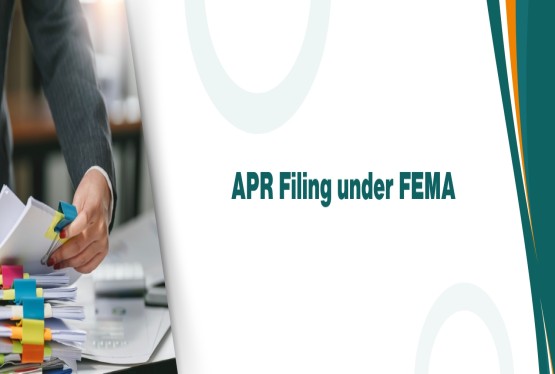A prospectus is a formal legal document issued by a public company inviting the public to subscribe to its securities, such as shares or debentures. It serves as a detailed disclosure statement, providing potential investors with essential information about the company’s business, financial position, objectives, risk factors, and terms of the offer. In India, the preparation and issuance of a prospectus are governed by the Companies Act, 2013 and the SEBI (Issue of Capital and Disclosure Requirements) Regulations, 2018, ensuring transparency and investor protection. A well-drafted prospectus not only complies with statutory requirements but also builds trust and credibility in the market, making it a vital tool for successful public fundraising.
What is Prospectus of a Company?
A prospectus is a formal legal document issued by a public company to invite the public to buy its shares, debentures, or other securities. It contains complete details about the company’s business, financial position, management, risks, and terms of the offer. Under Section 2(70) of the Companies Act, 2013, a prospectus includes any notice, circular, advertisement, or other document inviting public investment. Its main purpose is to provide accurate and sufficient information so investors can make informed decisions. Misstatements or omissions in a prospectus can lead to strict civil and criminal liabilities for the company’s promoters, directors, and officers.
Legal Provisions Relating to Prospectus under the Companies Act, 2013
Section 23 – Public Offer
Section 23 defines the ways a public company can issue securities, namely: through a prospectus (public offer), private placement, or a rights/bonus shares issue to existing shareholders. Issuing a prospectus is compulsory when securities are offered to the general public, ensuring full disclosures and investor protection.
Section 26 – Matters to be Stated in a Prospectus
This section mandates detailed disclosures in a prospectus, including the company’s name, address, Corporate Identification Number (CIN), date of incorporation, risk factors in order of materiality, details of directors, promoters, and key managerial personnel, audited financials for the past five years, the purpose of raising capital, terms of the issue, minimum subscription requirements, application process, and a declaration of compliance with the Companies Act and SEBI regulations. The intent is to provide transparency for informed investor decision-making.
Section 31 – Shelf Prospectus
A shelf prospectus allows specific companies such as public financial institutions, scheduled banks, or NBFCs to issue securities in several tranches without filing a new prospectus for each issue. It remains valid for a fixed period, with the company required to file an updated Information Memorandum before each subsequent offer.
Section 32 – Red Herring Prospectus (RHP)
An RHP is mainly used in book-building issues. It does not contain the final price or number of securities at the time of filing but provides a price band and preliminary details. The final prospectus is filed after the book-building process concludes, once pricing and quantity are finalised.
Section 25 – Deemed Prospectus
If a company allots securities to an intermediary who then offers them to the public, the offer document is treated as a deemed prospectus. All requirements applicable to a regular prospectus must be met, preventing companies from avoiding disclosure norms by routing securities through intermediaries.
Types of a Prospectus
A company can issue different types of prospectuses based on the nature, stage, and method of its public offering are:
General Prospectus
This is the most common form of prospectus, inviting the general public to subscribe to a company’s securities. It contains complete details of the offer, including the company’s background, financial position, objectives, risk factors, and terms of the issue. It acts as the primary disclosure document for public fundraising.
Shelf Prospectus
Permitted under Section 31 of the Companies Act, 2013, a shelf prospectus allows certain companies, such as public financial institutions, scheduled banks, and NBFCs, to issue securities in multiple tranches without filing a fresh prospectus each time. It remains valid for a specified period, with updated information provided through an Information Memorandum before each subsequent issue.
Red Herring Prospectus
Defined under Section 32, the Red Herring Prospectus is used in book-building issues. While it contains most of the required disclosures, it does not specify the final price, or the number of securities offered at the time of filing. These details are finalised and updated in the final prospectus after the book-building process concludes.
Abridged Prospectus
Under Section 2(1) of the Companies Act, 2013, an abridged prospectus is a condensed version of the full prospectus containing only the key disclosures necessary for investors. It must be provided with every application form for purchasing securities, making it easier for investors to quickly understand the essentials of the offer.
Deemed Prospectus
As per Section 25, a deemed prospectus arises when a company allots or agrees to allot securities to an intermediary, such as an issuing house, which then offers them to the public. The document circulated in such a case is treated as a prospectus and must comply with all related legal requirements to ensure investor protection.
Contents of a Prospectus
The law requires that every prospectus issued by a company must contain truthful, complete, and relevant disclosures to protect the interests of investors. The information should be presented clearly to enable prospective subscribers to make informed decisions.
Company Information
The prospectus must provide the company’s name, registered office address, Corporate Identification Number (CIN), date of incorporation, and a brief description of its business activities. This gives investors an understanding of the company’s identity, legal standing, and operational focus.
Promoters and Management
Details of the promoters, directors, and key managerial personnel (KMPs) must be disclosed, including their profiles, qualifications, shareholding patterns, and specific roles in the company. This helps investors assess the credibility and competence of the leadership team.
Financial Information
The prospectus should include audited financial statements for the past five years, along with a management discussion and analysis (MD&A) of the financial performance. This allows investors to evaluate the company’s profitability, stability, and growth trends before making investment decisions.
Purpose of Issue
A clear statement must be provided on how the funds raised will be utilised, such as for business expansion, debt repayment, working capital, acquisitions, or other purposes. This ensures transparency in the use of investor money.
Risk Factors
The prospectus must list commercial, financial, operational, and regulatory risks in order of their significance. This section alerts investors to potential threats that may impact returns or the company’s stability.
Litigation and Defaults
Details of any ongoing litigation, criminal proceedings, or past defaults by the company, promoters, or directors must be disclosed. This helps investors understand potential legal and reputational risks.
Issue Details
Complete information about the offer should be provided, including the size of the issue, price band, number of securities being offered, subscription opening and closing dates, allotment procedures, and refund policies in case of under-subscription.
Underwriting and Advisors
The names and details of all advisors involved in the issue such as merchant bankers, underwriters, auditors, and legal counsel must be stated. This reassures investors about the professional oversight of the offering process.
Importance of a Prospectus
A prospectus is not merely a fundraising document it is an important instrument for investor protection, market transparency, and legal compliance are:
Informed Decision-Making
By providing complete, accurate, and relevant disclosures, the prospectus enables potential investors to evaluate a company’s financial health, business prospects, risks, and management credentials. This empowers them to make well-informed investment decisions.
Legal Compliance
Issuing a prospectus in the prescribed format ensures that the company complies with the provisions of the Companies Act, 2013, and the regulations laid down by the Securities and Exchange Board of India (SEBI). Non-compliance can lead to penalties, cancellation of the offer, and even criminal liability for misstatements.
Credibility
A well-drafted prospectus reflects the company’s professionalism, governance standards, and commitment to transparency. This not only attracts investors but also strengthens the company’s reputation in the capital markets.
Accountability
The prospectus imposes a legal obligation on the company, its directors, and promoters to present truthful facts. Any misrepresentation or omission can lead to civil and criminal consequences, thereby holding the issuers accountable for their statements.
Recent Regulatory Updates
The framework governing the issuance of a prospectus in India has evolved to enhance transparency, investor protection, and accessibility, especially after the recent SEBI (Issue of Capital and Disclosure Requirements) Regulations, 2018 (ICDR) amendments of 2023.
Enhanced Disclosure Requirements
Under the 2023 amendments, companies are now required to disclose ESG (Environmental, Social, and Governance) risks, providing investors with insights into the company’s sustainability and ethical practices. Details of promoter share pledges and sustainability policies must also be disclosed to highlight any potential governance or financial risks.
Investor Risk Summary
SEBI mandates that a concise and prominently placed Investor Risk Summary must appear at the beginning of the prospectus. This summary should clearly outline the most significant risks, allowing investors to quickly assess potential concerns before reading further details.
Digital Submission Norms
In line with the digitisation of compliance processes, companies are now required to submit draft prospectuses electronically through SEBI’s online portal. This change speeds up the regulatory review process, reduces paperwork, and ensures a more efficient clearance timeline.
Plain Language Requirements
To protect retail investors, SEBI has strengthened its plain language norms. This ensures that complex legal and financial terms are explained in simple, easy-to-understand language so that even first-time investors can complete the information and risks before making investment decisions.
Penalties for Misstatements in a Prospectus
The Companies Act, 2013, along with SEBI regulations, imposes strict consequences for issuing a prospectus containing untrue, misleading, or incomplete statements. These penalties aim to protect investors and maintain market integrity.
Section 34 – Criminal Liability
If a prospectus includes a false statement or omits material information in a way that misleads investors, the persons responsible such as directors, promoters, and key managerial personnel may face imprisonment of up to 10 years and a fine up to three times the amount involved. In cases involving public interest, the penalties are applied more stringently.
Section 35 – Civil Liability
Under this provision, any director, promoter, or expert named in the prospectus can be held liable to compensate investors for financial losses arising from such misstatements. This ensures that investors have a legal remedy to recover their losses.
SEBI Enforcement Action
Apart from the Companies Act, the Securities and Exchange Board of India (SEBI) can take enforcement measures such as imposing monetary penalties, suspending the trading of securities, or prohibiting companies from accessing the capital markets if they are found guilty of fraudulent or misleading disclosures.
Practical Considerations for Companies
When preparing a prospectus, companies must go beyond merely fulfilling legal requirements they should also adopt best practices to ensure accuracy, investor confidence, and smooth regulatory approval.
Accuracy of Disclosures
All statements in the prospectus must be factual, verifiable, and supported by evidence. Companies should avoid exaggerated claims, speculative projections, or forward-looking statements unless backed by credible data, as such content can lead to legal action for misrepresentation.
Compliance Review
Before filing, the draft prospectus should undergo a thorough review by legal, financial, and compliance experts. This ensures that the document aligns with the provisions of the Companies Act, 2013, SEBI (ICDR) Regulations, and other applicable laws.
Risk Disclosures
Regulations mandate that risk factors be disclosed in order of materiality. Clearly stating business, market, financial, and operational risks helps investors make informed decisions and shields the company from allegations of concealment.
Coordination with SEBI and Merchant Bankers
Early engagement with SEBI and the appointed merchant bankers can help identify and resolve potential compliance or procedural issues before submission. This proactive approach reduces the chances of delays and objections during the approval process.
Wrapping Up
A prospectus is one of the most important documents for a company raising money from the public. It gives investors clear and complete details about the company, its financial position, and the risks involved, helping them decide whether to invest. The Companies Act, 2013 and SEBI rules make it compulsory for companies to follow strict guidelines while preparing a prospectus. If a company gives wrong or incomplete information, it can face heavy penalties, legal cases, and even be stopped from raising funds in the future. For businesses, a well-prepared prospectus is more than just a legal requirement it builds trust with investors and shows the company’s commitment to honesty and transparency. Careful preparation, accurate disclosures, and regular compliance with updated rules are the keys to making a prospectus both lawful and effective.
Frequently Asked Questions (FAQs)
Q1. What is a prospectus of a company?
Ans. A prospectus is a legal document issued by a public company to invite the public to subscribe to its shares or debentures. It contains details about the company’s business, financials, risks, and terms of the issue.
Q2. Is issuing a prospectus mandatory for all companies?
Ans. No. Only public companies making a public offer must issue a prospectus under the Companies Act, 2013. Private companies are prohibited from inviting the public to subscribe to their securities.
Q3. Which section of the Companies Act defines a prospectus?
Ans. Section 2(70) of the Companies Act, 2013 defines a prospectus as any document described or issued as a prospectus, including red herring and shelf prospectuses.
Q4. What are the main types of prospectuses?
Ans. The main types are:
-
General Prospectus
-
Shelf Prospectus (Section 31)
-
Red Herring Prospectus (Section 32)
-
Abridged Prospectus
-
Deemed Prospectus (Section 25)
Q5. What information must a prospectus contain?
Ans. Under Section 26, it must include company details, promoters’ profiles, audited financials, purpose of funds, risk factors, litigation history, and issue details.
Q6. What is a Red Herring Prospectus (RHP)?
Ans. An RHP is issued during book-building and contains preliminary details of the offer but excludes final pricing and quantity. These are added in the final prospectus.
Q7. What is the penalty for misstatements in a prospectus?
Ans. Under Section 34 (criminal liability) and Section 35 (civil liability), penalties include fines, imprisonment up to 10 years, and compensation to investors.
Q8. Can a company issue securities multiple times without filing a new prospectus?
Ans. Yes. Under Section 31, eligible companies can issue a Shelf Prospectus, valid for a specified period, with an Information Memorandum filed before each issue.
Q9. How has SEBI recently updated prospectus requirements?
Ans. Recent SEBI ICDR amendments require ESG risk disclosures, promoter pledge details, sustainability policies, and a clear investor risk summary at the beginning.
Q10. Who is responsible for the accuracy of a prospectus?
Ans. Directors, promoters, and any expert who authorized the issue of the prospectus are jointly responsible for ensuring all information is accurate and not misleading.











































































_crop10_thumb.jpg)


































































_crop10_thumb.jpg)
_crop10_thumb.jpg)



_crop10_thumb.jpg)


_crop10_thumb.jpg)





_crop10_thumb.jpg)

_crop10_thumb.jpg)














-suratgujarat-section-158_crop10_thumb.jpg)
-suratgujarat_crop10_thumb.jpg)
-(33)_crop10_thumb.jpg)



-ahmedabad_crop10_thumb.jpg)
-learn_crop10_thumb.jpg)

-learnn_crop10_thumb.jpg)



























































_crop10_thumb.jpg)























_Guidelines_learn_crop10_thumb.jpg)























_learn_crop10_thumb.jpg)
_crop10_thumb.jpeg)










_crop10_thumb.jpg)




_Second_Amendment_Rules,_2025_learn_crop10_thumb.jpg)







_learn_crop10_thumb.jpg)






















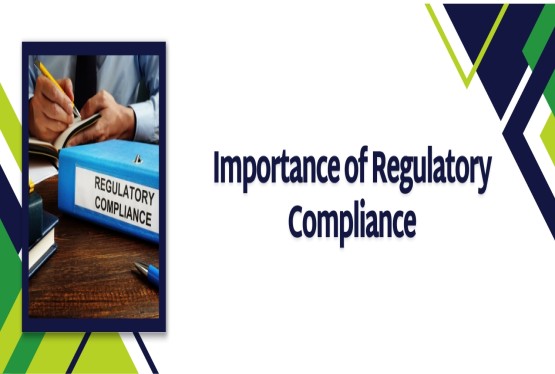








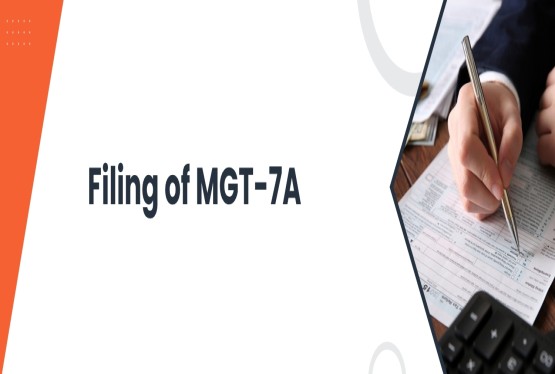
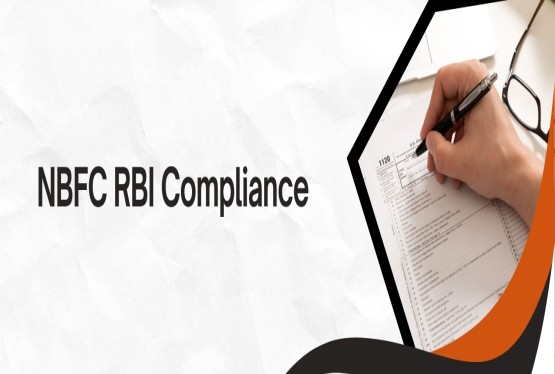
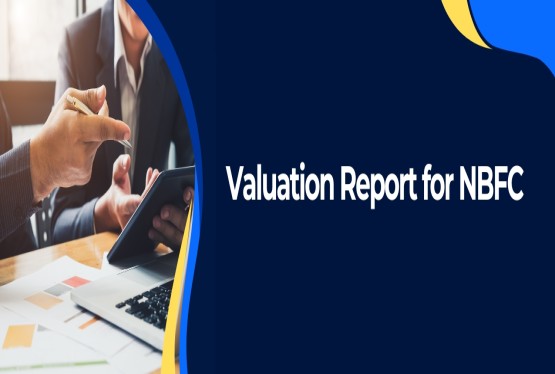








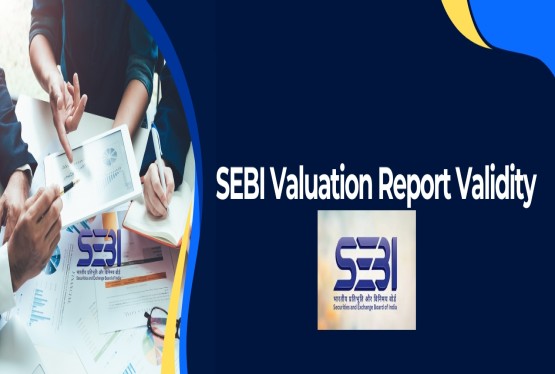

_learn_crop10_thumb.jpeg)

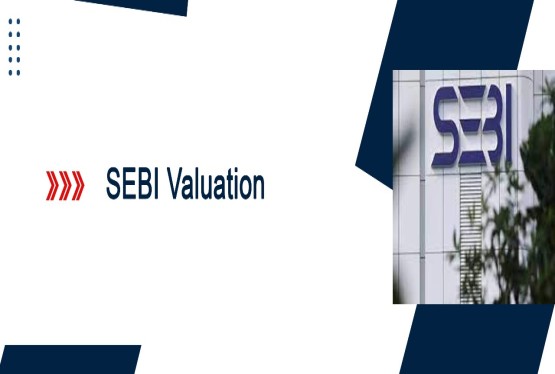






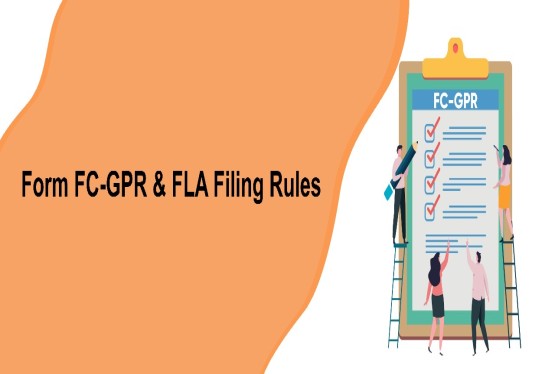

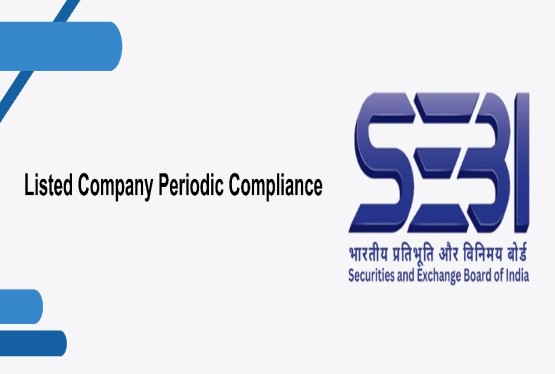




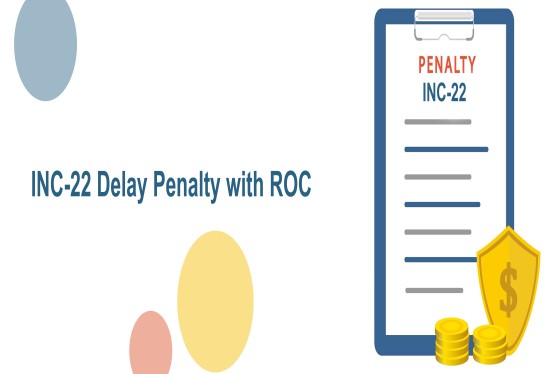


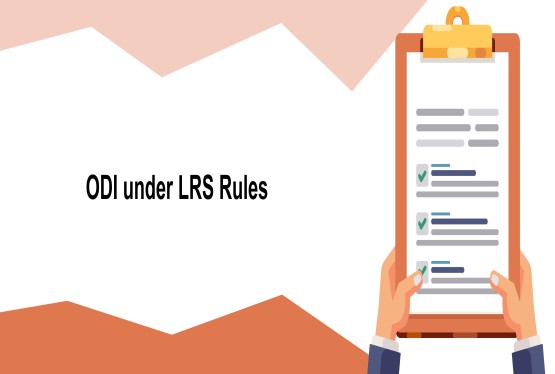
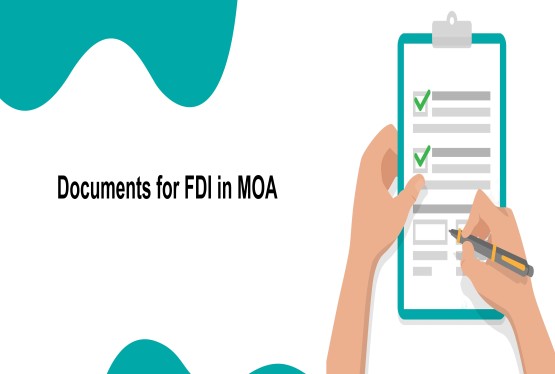


_learn_crop10_thumb.jpg)



_rd_roc_learn_crop10_thumb.jpg)
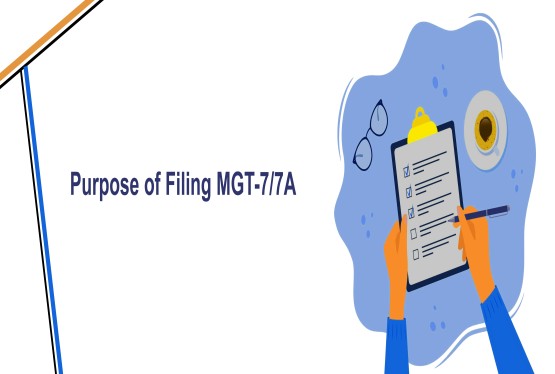



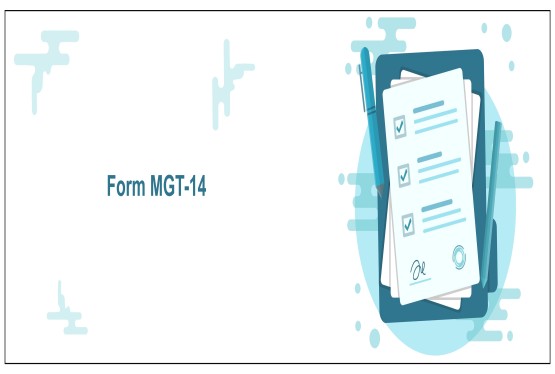
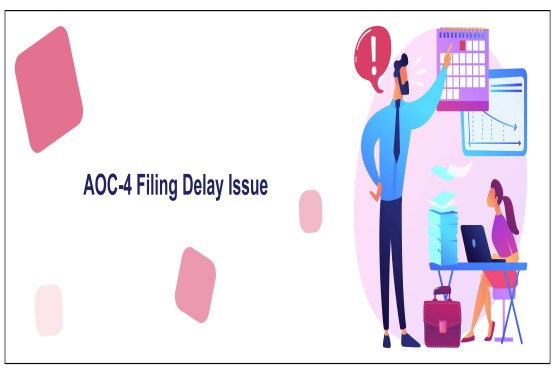
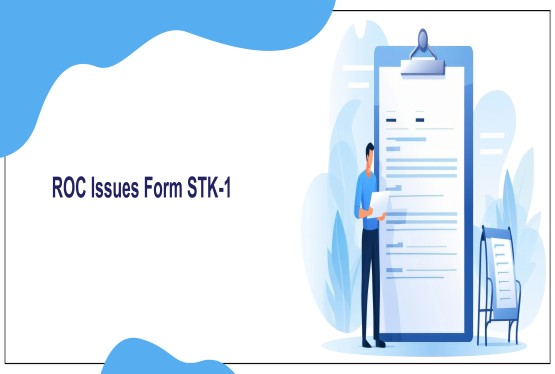








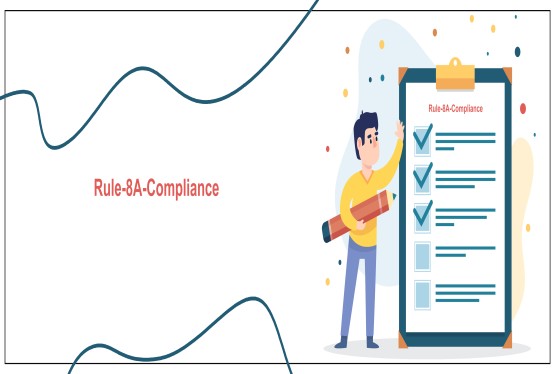
_learn_crop10_thumb.jpg)

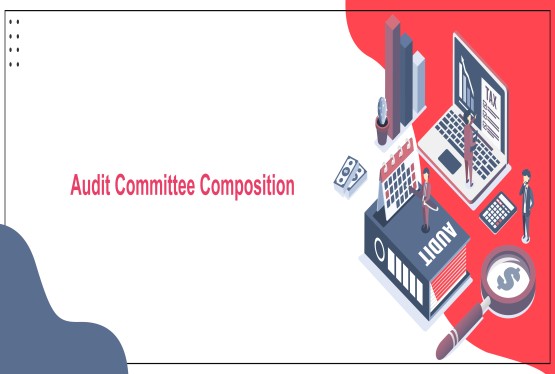
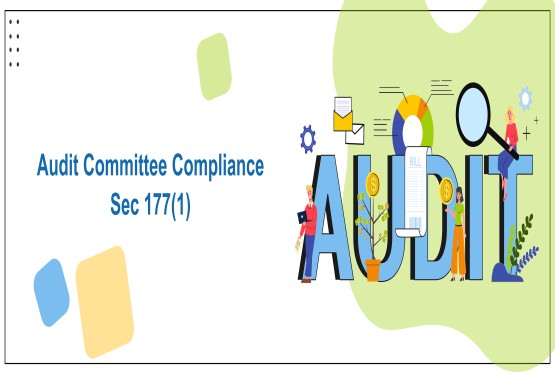



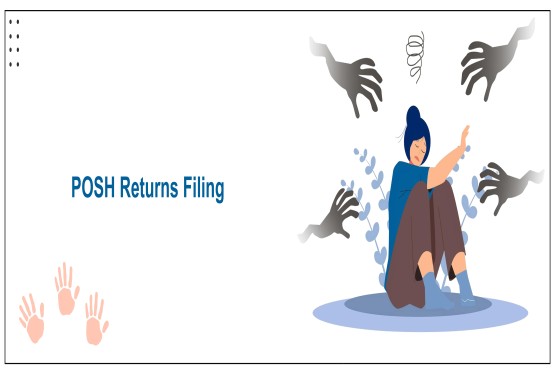
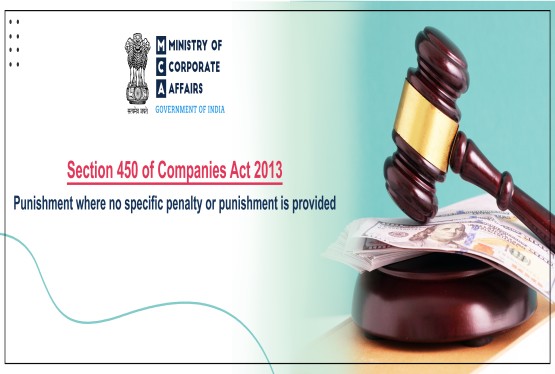

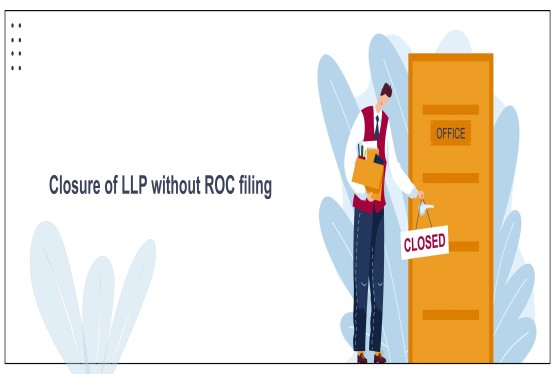


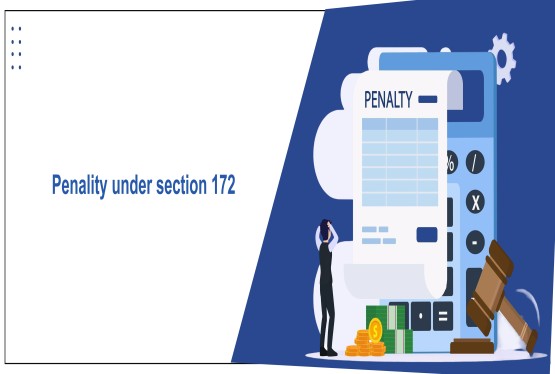

_learn_crop10_thumb.jpg)
_Learn_crop10_thumb.jpg)

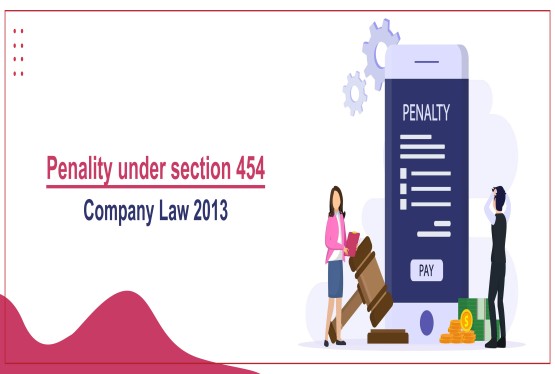
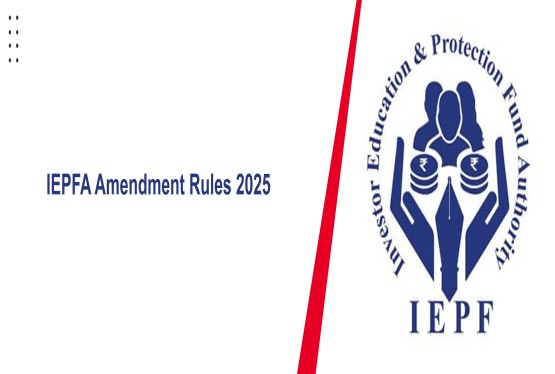
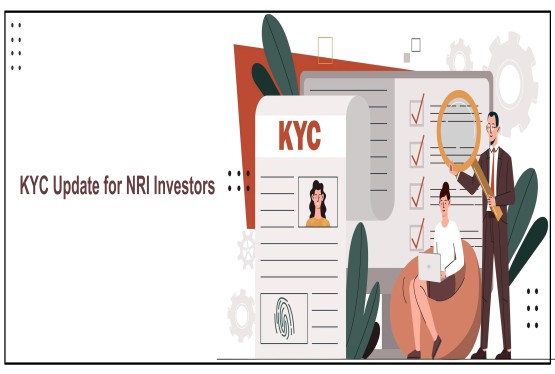

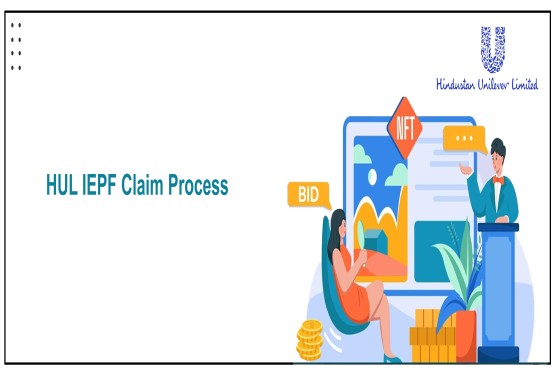

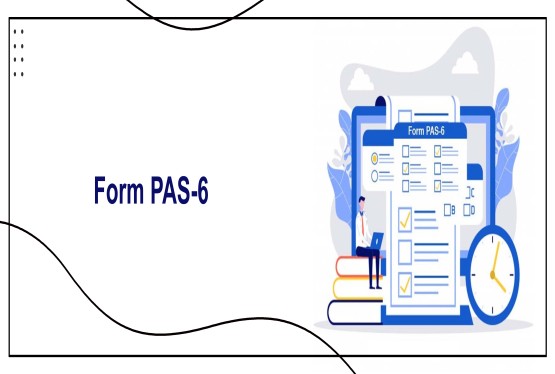


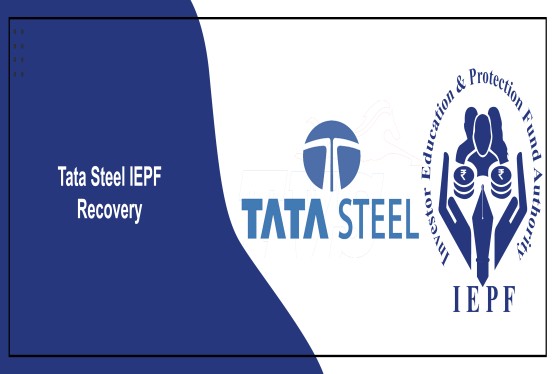
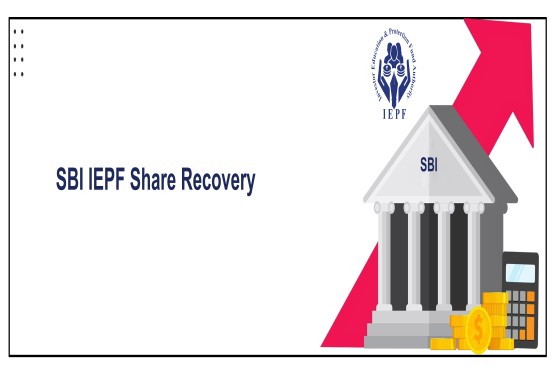



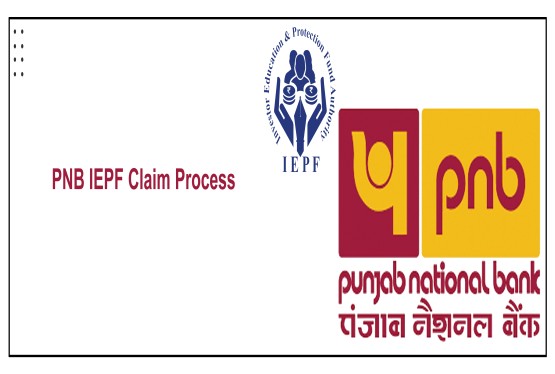





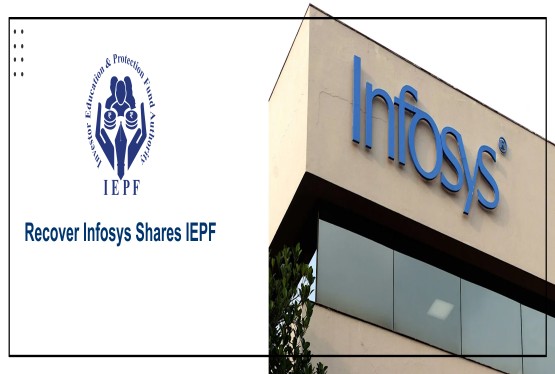





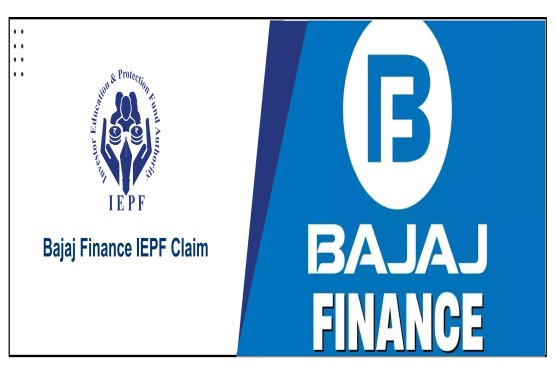



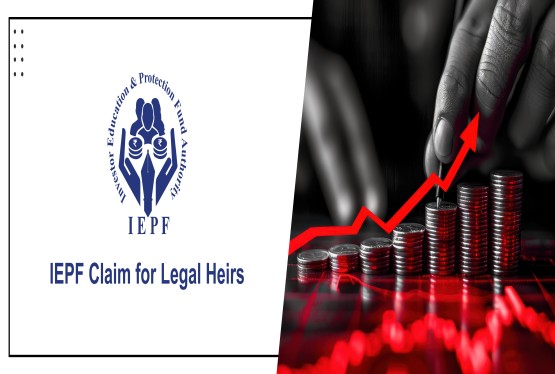

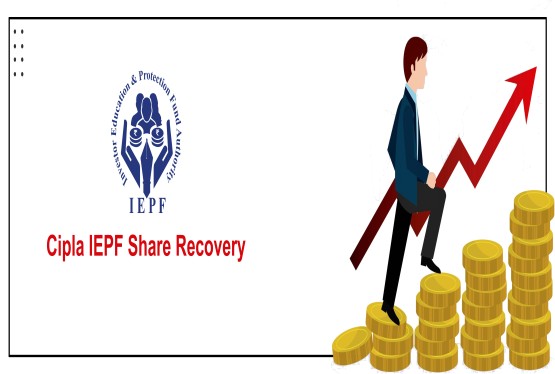

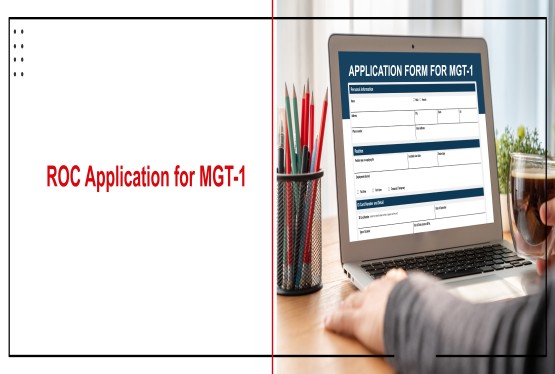



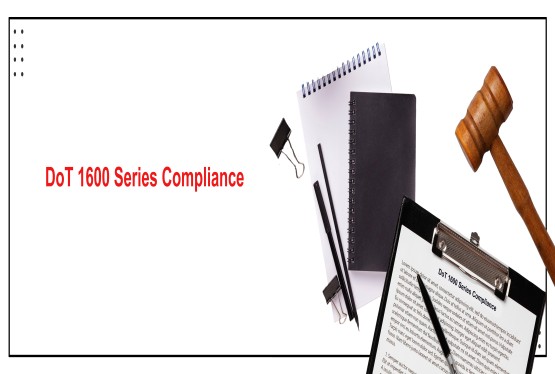
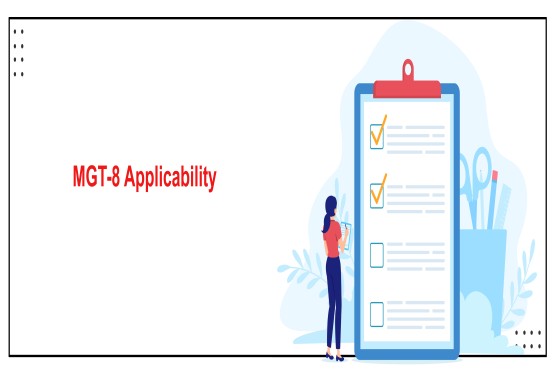


_learn_crop10_thumb.jpg)

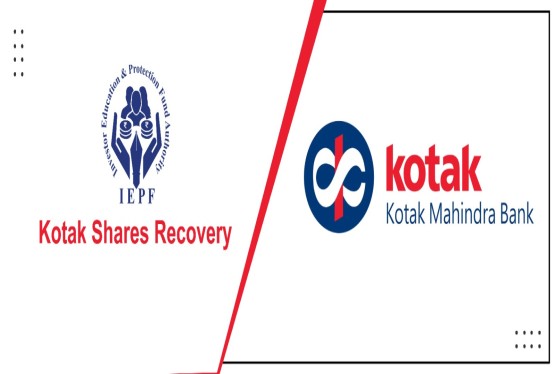


_learn_crop10_thumb.jpg)
